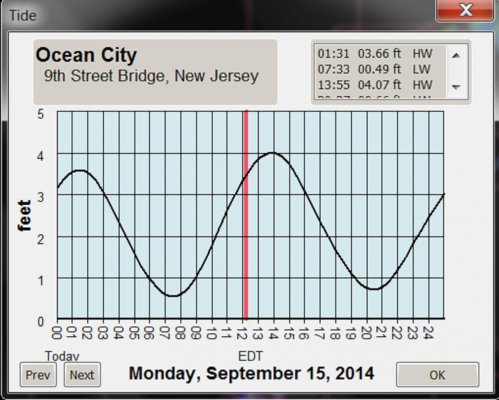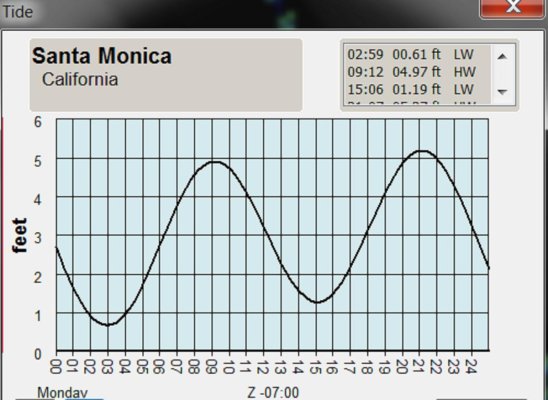ChrisInteresting... Are you saying if you anchored further out an a single hook, with enough scope to swing 360° if it were to happen, you'd be out far enough so there'd be other folks anchored there, too?
Or that you wouldn't trust any single anchor to the conditions there, since you're often gone (off the Tolly) for long periods?
Or both? Or neither? Or...?
Have to admit, I'm usually trying to be "creatively lazy" and all the work associated with a stern anchor doesn't entice.
-Chris
SF Delta smallish back-sloughs, although relatively deep, are usually quite narrow... approx. 100' to 250' +/- wide.
Soooo, being that they are occasionally used as travel canals for small cruisers and sometimes ski areas for sports people and at times quiet fishing spots for one to three persons aboard small outboards there are seldom locations where a boat can be anchored in center for full swing capability. Even larger front-sloughs are seldom more than 4 to 6 hundred feet wide; and, usually much more traveled by many types of boats; not much swing-anchor room there either. Occasionally there are junctions where sloughs meet that provide expanses large enough for swing anchor technique. Those areas are usually heavily traveled and sometimes with too many anchored boats.
If we want to “anchor” for enjoying these desirous-to-us back-slough locations it is necessary that we anchor close to shore. Dual (bow and stern) anchoring is preferred… basically necessary!
Hope that clears the picture for your mind’s eye.
Search the net and you can locate SF Bay Delta maps… as well as great history stories. Interesting, great reads. There are over 1,000 miles of rivers and sloughs. The Delta’s sloughs are basically, entirely a man-made organization of levies that formed hundreds of canals for purpose of creating our nations “bread basket” for vegetable farms whose growth products exist/thrive on Deltas’ fresh water.
To better understand I suggest net-search for maps, pictures, historic stories!
Happy SF Delta-Research Daze! - Art

Last edited:








